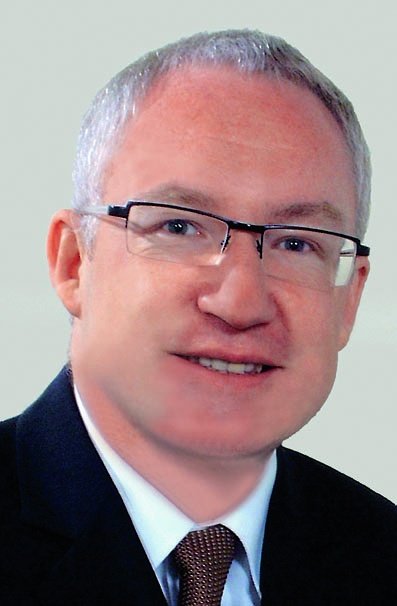Article • Sonography
The future of radiology in the modern ultrasound lab
Sonography is a jack-of-all-medical-trades. Unlike magnetic resonance imaging or computed tomography it does not require radiation and it is not performed by a radiologist but by the experts in the individual clinical disciplines.

Sonography is a jack-of-all-medical-trades. Unlike magnetic resonance imaging or computed tomography it does not require radiation and it is not performed by a radiologist but by the experts in the individual clinical disciplines. Technical progress has turned sonography into much more than the “stethoscope of the 21st century” – a sophisticated imaging modality that requires special expertise. Therefore it should be integral part of any intermodality and interdisciplinary ultrasound center, says Dr Thomas Fischer of the Institute for Radiology at Charité, Berlin, Germany.
Such an ultrasound lab facilitates cooperation of different clinics, departments and mulitmodal imaging systems in clinical medicine and research and it promotes joint teaching and quality control. “It is an interdisciplinary functional unit which is both highly innovative and highly useful,” Dr Fischer says. “In an ultrasound lab the radiologist plays a crucial part because he contributes the technical know-how to apply sonography and other imaging modalities in a coordinated fashion.”
Particularly in oncology, modern ultrasound procedures support both diagnosis and therapy. Ultrasound contrast agent is frequently the key to diagnostic success since perfusion processes can indicate whether a tumor is benign or malignant. “Today, contrast-enhanced ultrasound is a rather well-established method to diagnose liver lesions, hepatic cysts or hepatic and splenic infarction since it has few side effects while offering quite high diagnostic security,” Dr Fischer explains. In this technique signals received from contrast-enhancing gas bubbles are processed. The bubbles are about half the size of red blood cells. “Therefore they can be clearly visualized even at the capillary level. This is currently not possible with any other procedure,” Dr Fischer adds. The patient does not have to undergo stressful, long and expensive examinations. Contrast-enhanced volume sonography is thus well suited to monitor transplanted organs which in order to avoid kidney damage should neither be exposed to radiation nor be treated with radiological contrast agents.
By fusing the same planes from CT and ultrasound we can generate the same information. This translates into better pre- and intra-operative detection and tumor resection
Thomas Fischer
A new technology that has been introduced this year and according to Dr Fischer offers more detail than CT and MRI is Precision Imaging developed by Toshiba Medical Systems to support b-mode ultrasound. Precision Imaging differentiates tissue structures from typical ultrasound artefacts. The software simply subtracts the artefacts from the ultrasound image so that only the echo signals are turned into images.
Contrast-enhanced transrectal ultrasound (CE-TRUS) is a new urological procedure which is used primarily for US-guided prostate biopsies to avoid damage to the sensitive areas close to the prostate such as the urethra. “An urologist rarely takes a closer look at findings such as a small prostate tumor next to the urethra due to the risk of damaging it. Contrast-enhanced TRUS, however, allows direct biopsy of the tumor. This increased the cancer detection rate by ten percent.”
Molecular ultrasound is another promising innovation, Dr Fischer reports. “We combine a certain technology with a target-specific contrast agent which is linked to gas bubbles. Particularly angionesis markers are being used.” Currently, the procedure is being tested in animal models and the results so far have shown that even very small prostate tumors of about 2 mm can be confirmed since the bubbles spread and disappear quickly – except in the tumor where they remain longer and still can be seen after 20 minutes.
In addition to these new b-mode technologies multi-modal imaging is another trend in ultrasound labs. Ultrasound is frequently combined with MRI. Based on the findings in B-mode imaging precise questions are formulated which are then answered with MRI. Fusion technologies also work well with ultrasound. “Particularly surgeons are used to work with CT and are not as experienced in reading ultrasound images,” Dr Fischer explains. “By fusing the same planes from CT and ultrasound we can generate the same information. This translates into better pre- and intra-operative detection and tumor resection.” In the interdisciplinary ultrasound lab the surgeons are equipped with a portable US system which they use both in the OR and in out-patient care. “That means we are no longer called in with our ultrasound equipment. We discuss the cases and explain certain settings. Cooperative diagnostics in the ultrasound lab does not only entail sharing responsibilities but also delegating responsibilities.”
17.11.2010











